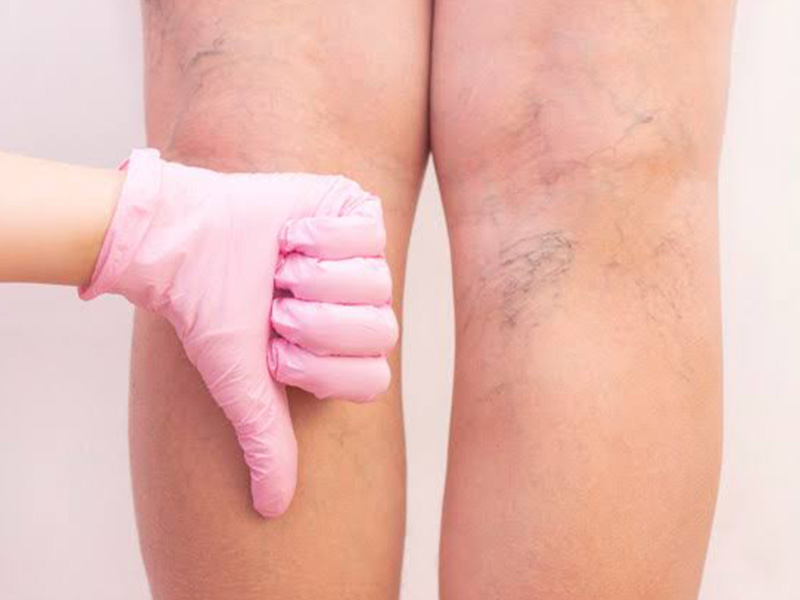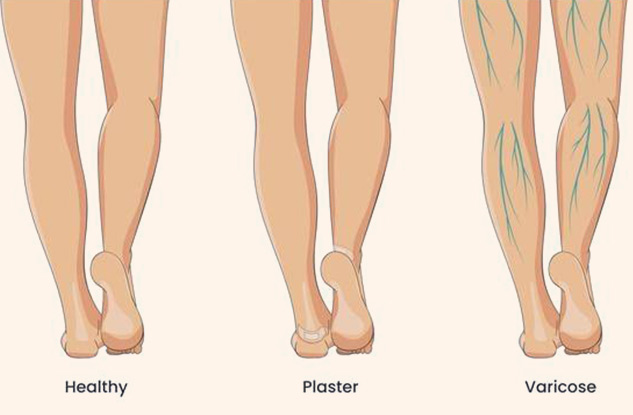
Varicose veins are bulging, large veins that occur due to damaged valves. This condition most commonly develops on the legs and feet. Blood leaks backward and eventually flows in the opposite direction if a valve is damaged. When this happens, blood builds up in the veins, causing them to expand and swell, resulting in varicose veins. Varicose veins are distinguished by their dark blue or purple coloration, and they frequently protrude out from beneath the skin. Onlymyhealth editorial team talked to Dr. C. Chandra Sekhar, Vascular and Endovascular Surgeon, DNB, FIVS, MCH (Vascular), Apollo Spectra Hospitals, Kondapur, about some tips to manage varicose veins.
Table of Content:-
Other varicose vein symptoms include a burning or throbbing sensation in the legs, heavy or achy legs, muscular cramps that are severe at night, swelling of the feet and ankles, and dry or itchy skin that appears thinner above the varicose vein. There are consequences in any condition when adequate blood flow is disrupted. Bleeding, thrombophlebitis and chronic venous insufficiency are all possible complications of a varicose vein. Varicose eczema, stiff and tight skin, venous insufficiency, and venous ulcers are all symptoms of varicose veins. Read on to know more about management tips for varicose veins.
Tips to manage varicose veins

There are a variety of choices available, including some natural therapies to treat varicose veins. If the condition is severe, one can always consult a doctor to enquire about the surgical methods of treatment available. There are chances that a varicose vein can burst or develop into varicose ulcers if left unattended. Hence, this should be managed effectively to ensure recovery. According to Dr. C. Chandra, a few tips for varicose veins management are as follows:
1. Regular exercise
It is important to engage yourself in daily physical activity if you are suffering from this condition. However, do not overstress and indulge into light exercise only. Walking encourages blood circulation in the legs. One can consult a doctor in order to recommend an appropriate level of activity for a person suffering from varicose veins.
Also read: Here Are Some Natural Home Remedies To Get Rid Of Varicose Veins
2. Maintain a healthy diet
One can follow a diet with low salt in order to prevent swellings caused by water retention. Maintaining a healthy body weight will also help take away pressure from the veins thereby providing relief. You can talk to your doctor about foods to consume and avoid for varicose veins diet.
3. Be mindful of clothing and footwear
One can wear footwear with low heels as they work the calf muscles more which turns to be good for the veins. Garments that are tight around the waist, legs, and groin should also be avoided as those have a tendency to reduce blood flow.
4. Try to elevate legs for short breaks

Elevating the legs for short breaks during the day will improve circulation in the legs. One can lie down and rest their legs on three or four pillows to elevate the legs above the heart level.
Also read: Exercises For Varicose Veins: Know Which 3 Exercises Can Fix Those Bulging Veins
5. Change positions frequently
Changing your positions frequently is also another useful tip to manage varicose veins. One can avoid standing or sitting for long periods of time. Changing positions frequently will encourage blood flow.
Severe, advanced stages of varicose veins can be treated with newer methods like laser therapy and glue therapy by vascular surgeons and can also be removed surgically. Smaller varicose veins can be cured with laser treatments. One should not be negligent about this condition to avoid future complications. With proper care and treatment, varicose veins can be managed effectively.
Also watch this video
How we keep this article up to date:
We work with experts and keep a close eye on the latest in health and wellness. Whenever there is a new research or helpful information, we update our articles with accurate and useful advice.
Current Version